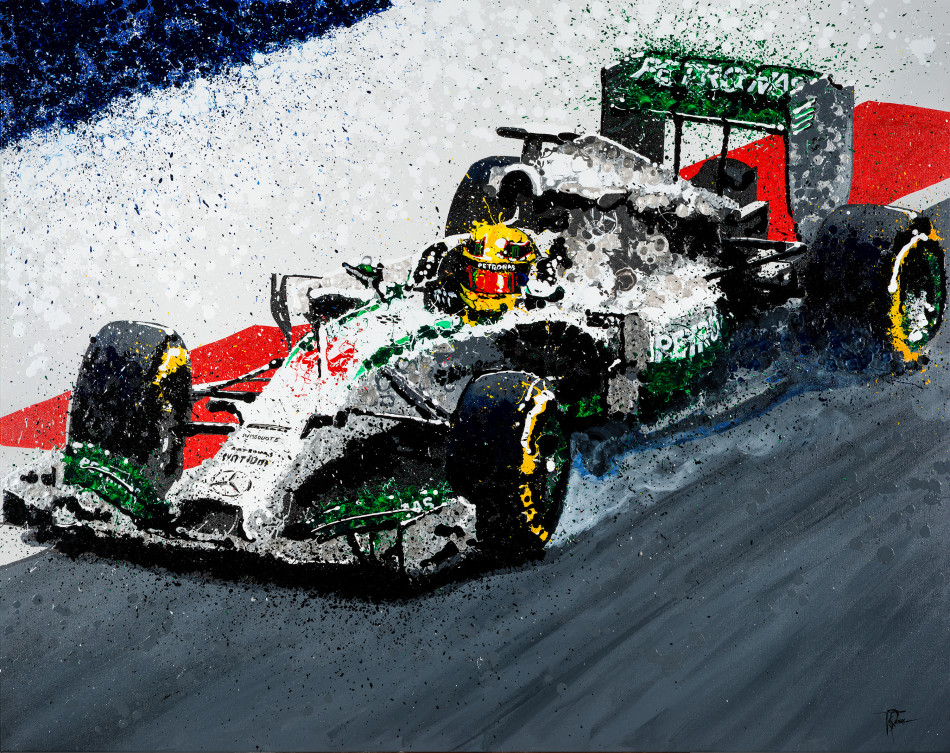Your cart is currently empty!
Tag: Brand
Disney, Pixar, and Disruption
Disney and Pixar: Lessons on Surviving Disruption Through Market Access, Strategic Partnerships, and Technology Scouting

Pixar, Disney, and Disruption Few innovators compare to Walt Disney. Walt famously disrupted early animation with a combination of creative storytelling and technology and leveraged that success to disrupt feature length films, create the concept of the theme park, and was an early adopter of television as a medium at a time when most Hollywood executives saw no immediate way to monetize the medium without being able to sell tickets.
Disney most certainly created green-field opportunity but also was a major disruptor, becoming one of the largest companies in the world and a major cultural influencer. Disney, like many companies that grow large over many years, almost certainly become the target of disruption themselves. Large enterprises become the target of more agile small companies, to be sure but also due to operational realities to remain profitable, tend to open the door to being an easy target.
The large-scale bureaucracy situation at Disney many years later is exactly what opened the door for a brash young group of talent to launch Pixar. Three keys to success for Pixar was the willingness to leverage new technology, talent, and vision that was not appreciated in the existing animation marketplace.
Disney made the mistake of not recognizing the talent and vision of John Lasseter, who was pushing to develop creative concepts on the new 3D animation platform. This is a classic blunder of entrenched companies who are later shut down due to their inability to envision the opportunity in a new but often “not-ready-for-prime-time” technology. One of the best examples of total creative destruction/disruption being Kodak ignoring their own internally developed digital camera.
While Kodak was virtually killed off, Disney somehow survived and thrived through Pixar’s success. How did Disney successfully avoid and later capitalize on Pixar’s revolution? Are there strategies to insure against disruption when (not if) you miss out on a visionary with a disruptive technology?
In the case of Disney, it may have been a matter of luck and the way the industry was shaped. Pixar needed Disney for marketing and distribution. Alternatively, perhaps it was simply business savvy that they were in that position. Regardless, there is a lesson. There was simply no path to market for a rather expensive investment to get a return, without having a partnership with Disney. Disney may have lost their way in terms of what Walt and his Imagineers did so well but they also used time and brand leverage to own the path to market for animated films. Disney also diversified into several industries, such as amusements parks, that added instant value to a company like Pixar. Pixar was allowed to do what Walt and the Imagineers did so well and tell stories with a new medium while Disney could be a one-stop-shop for marketing and distribution.
Avoiding disruption may be a matter of hedging your bets and envisioning the path of how a new technology or innovation gets to success and being in a position to partner and absorb that innovation down that path.
However, for Disney, what worked in managing Pixar in the late 80’s, may not work today. The path to market for entertainment is not controlled by Disney. True, they are well positioned with strategic investments, such as BamTech for streaming but will that be enough?
The future of entertainment will most certainly be new technologies, such as VR/AR and getting to market for the right combination of visionary, talent, and technology can now be bootstrapped. Disney’s continued hedging in media access investment will certainly be attractive to a future “Pixar” like team using these new innovations but is not a guarantee. It is also a very expensive hedge. On the other hand, would it even be possible for Disney to successfully invest internally on disrupting from the inside?
What may be more important than trying to out-maneuver future disruptors is investing in strategic technology sourcing and scouting. Having an innovation scouting strategy is a must-have investment for larger firms today. Many large firms are growing their Technology Scouting teams and creating Venture teams and funds for this purpose. When building a successful innovation scouting plan, it is critical to strike a balance of honoring the success culture and knowing who you are as a corporation but also a sense of rebellion as to not fall into the “not invented here” mentality. This team also needs to consider internal disruptors and a plan to allow them some freedom from the internal culture. In the case of Disney, letting John Lasseter go was a potential disaster. In the end, it worked out for Disney but had they properly scouted internal and external innovations, they could have de-risked future disruption and saved billions on the future Pixar acquisition.








